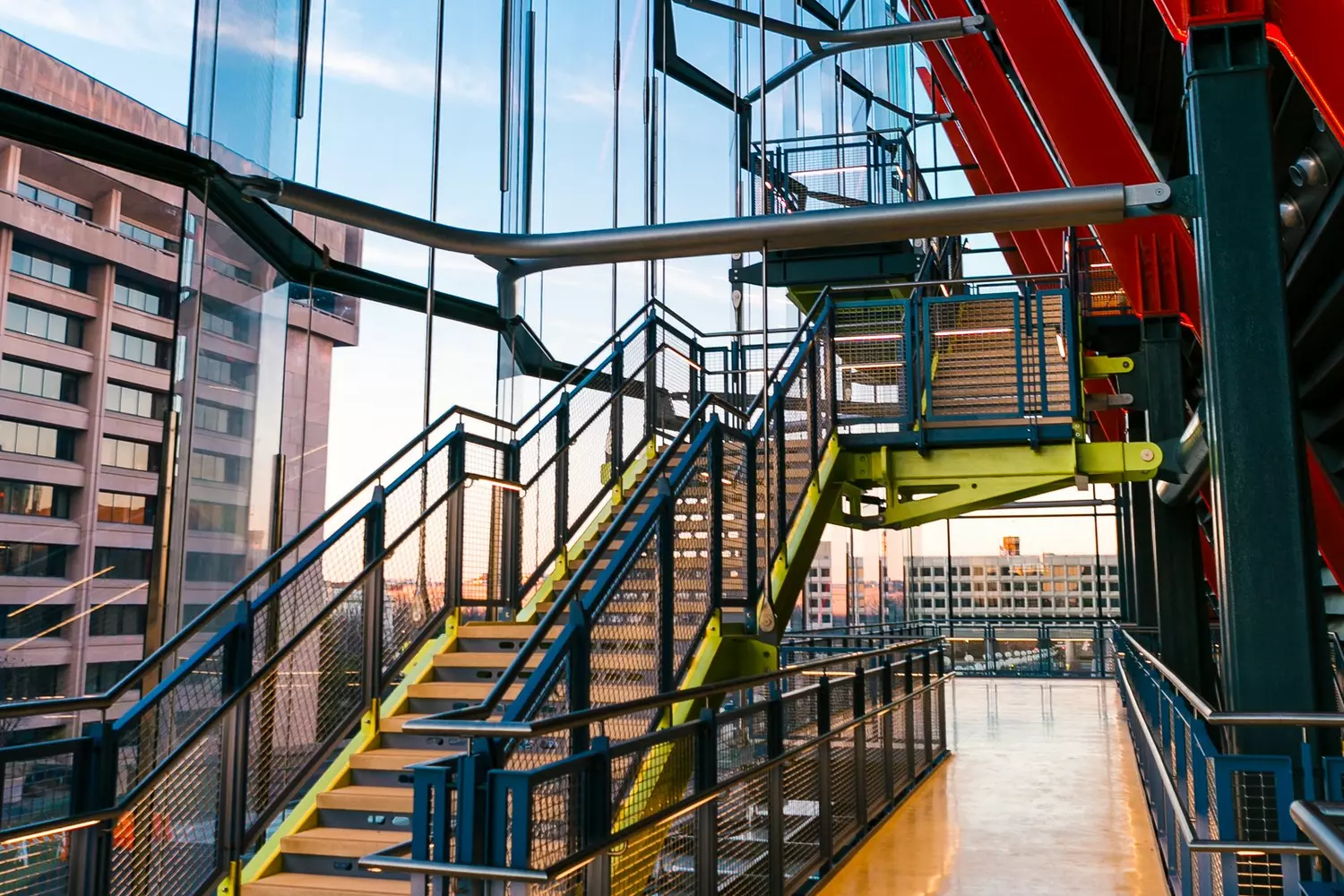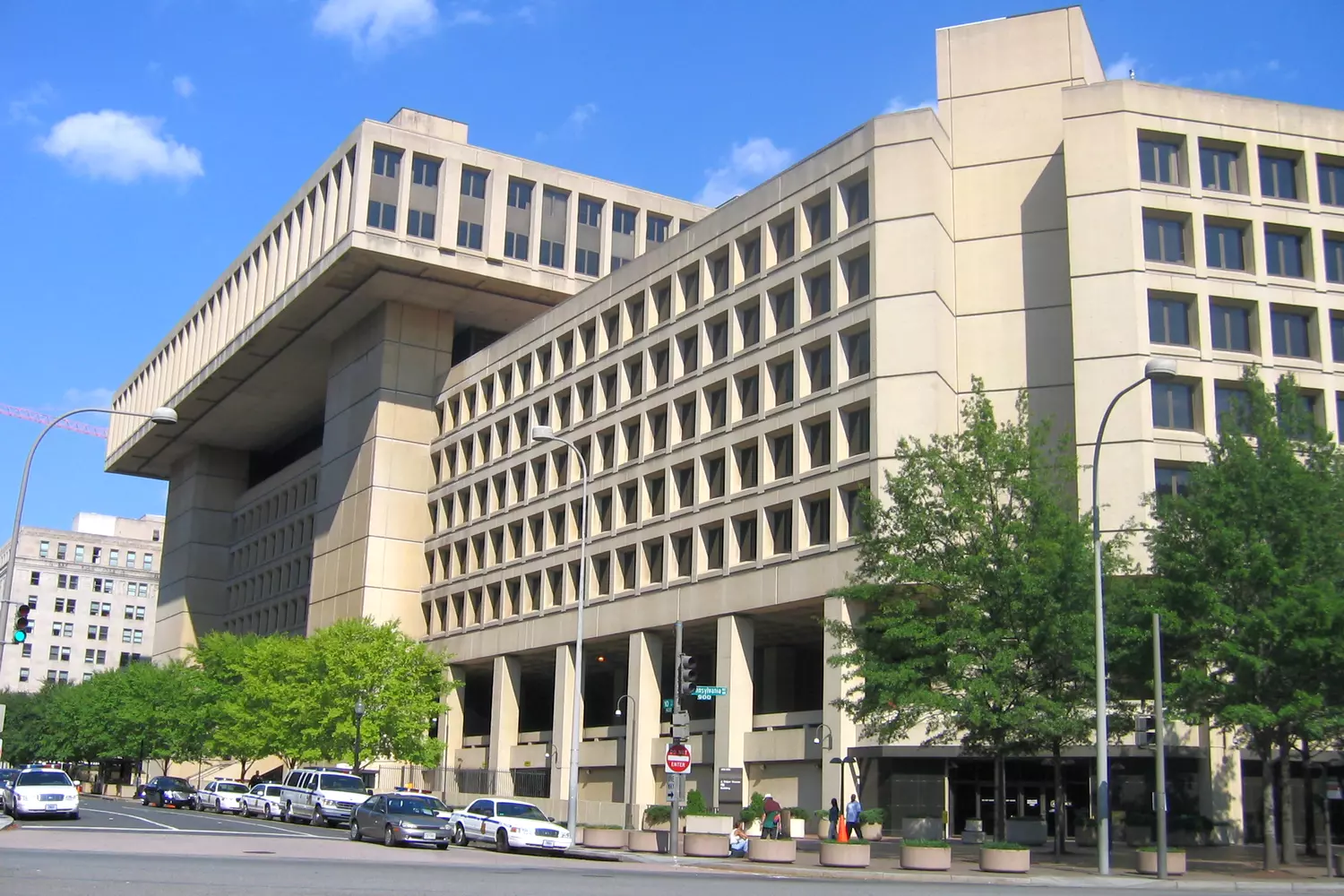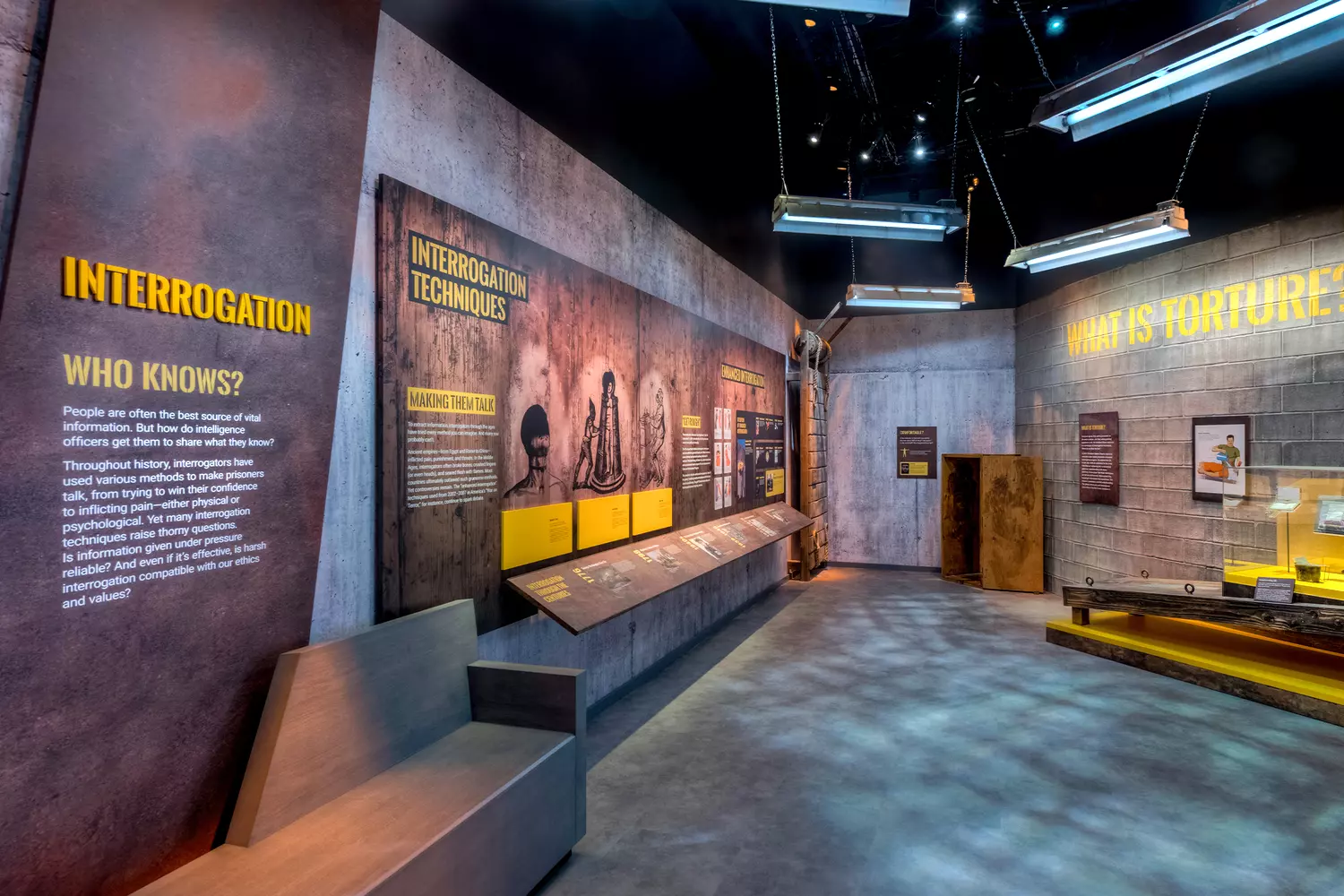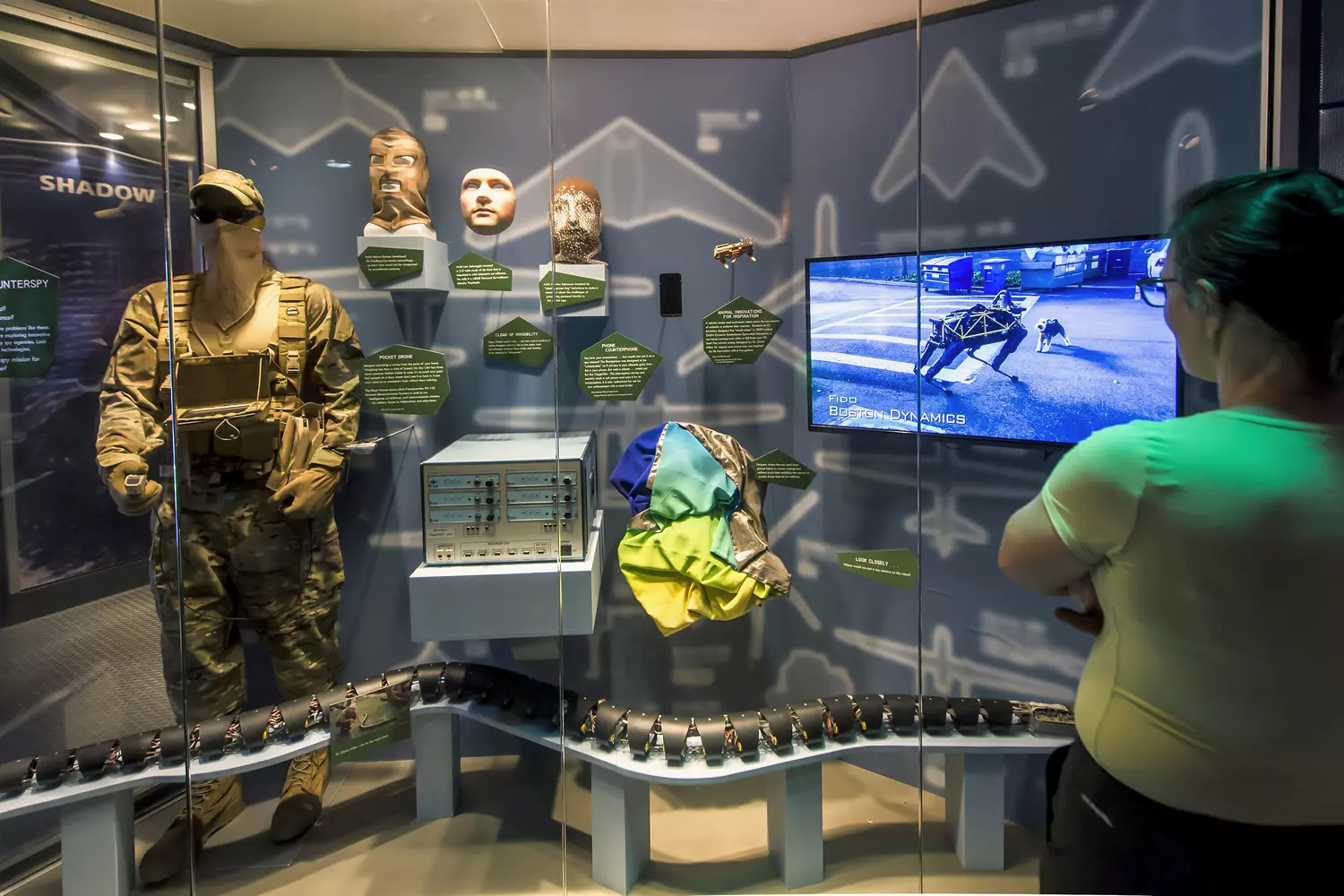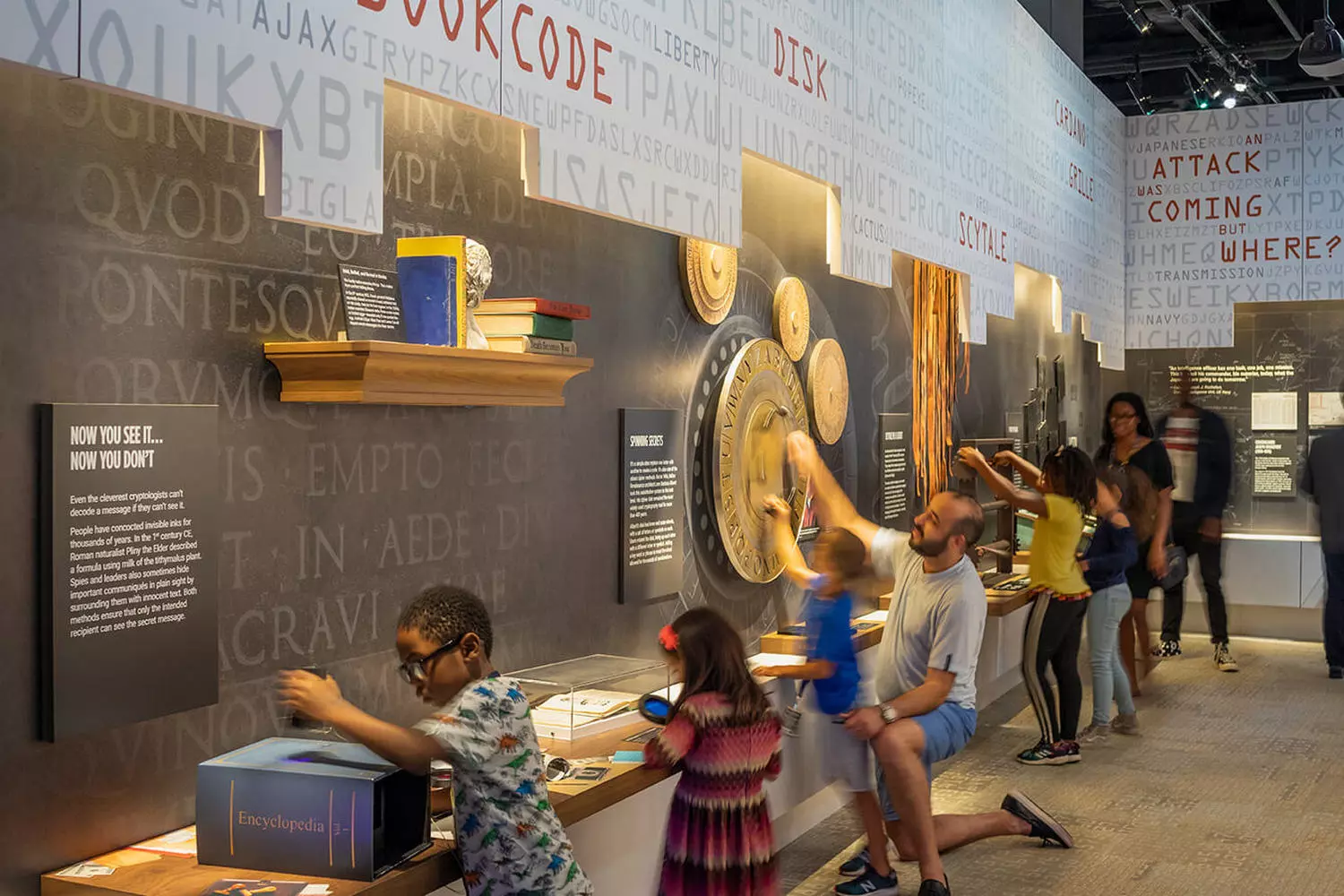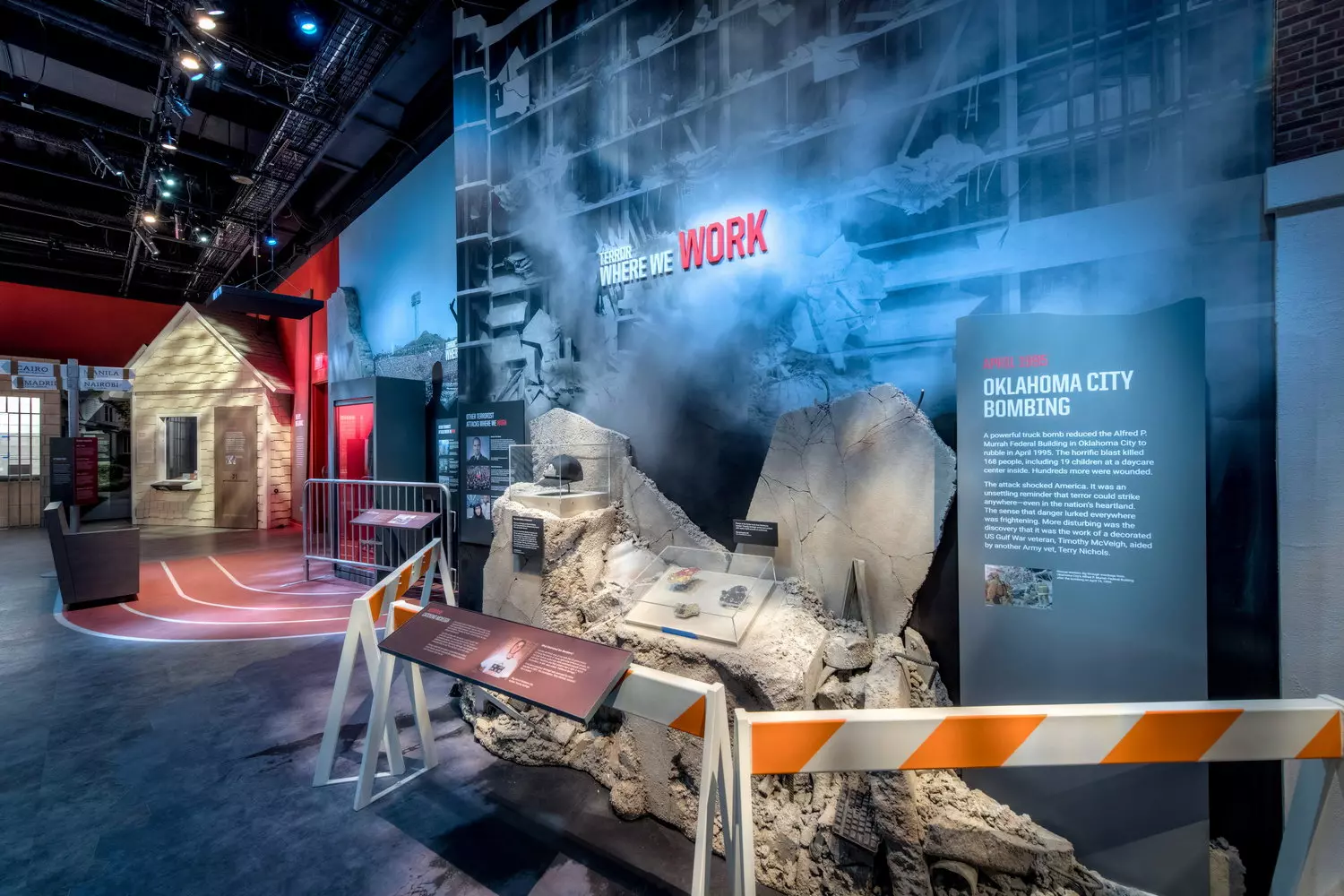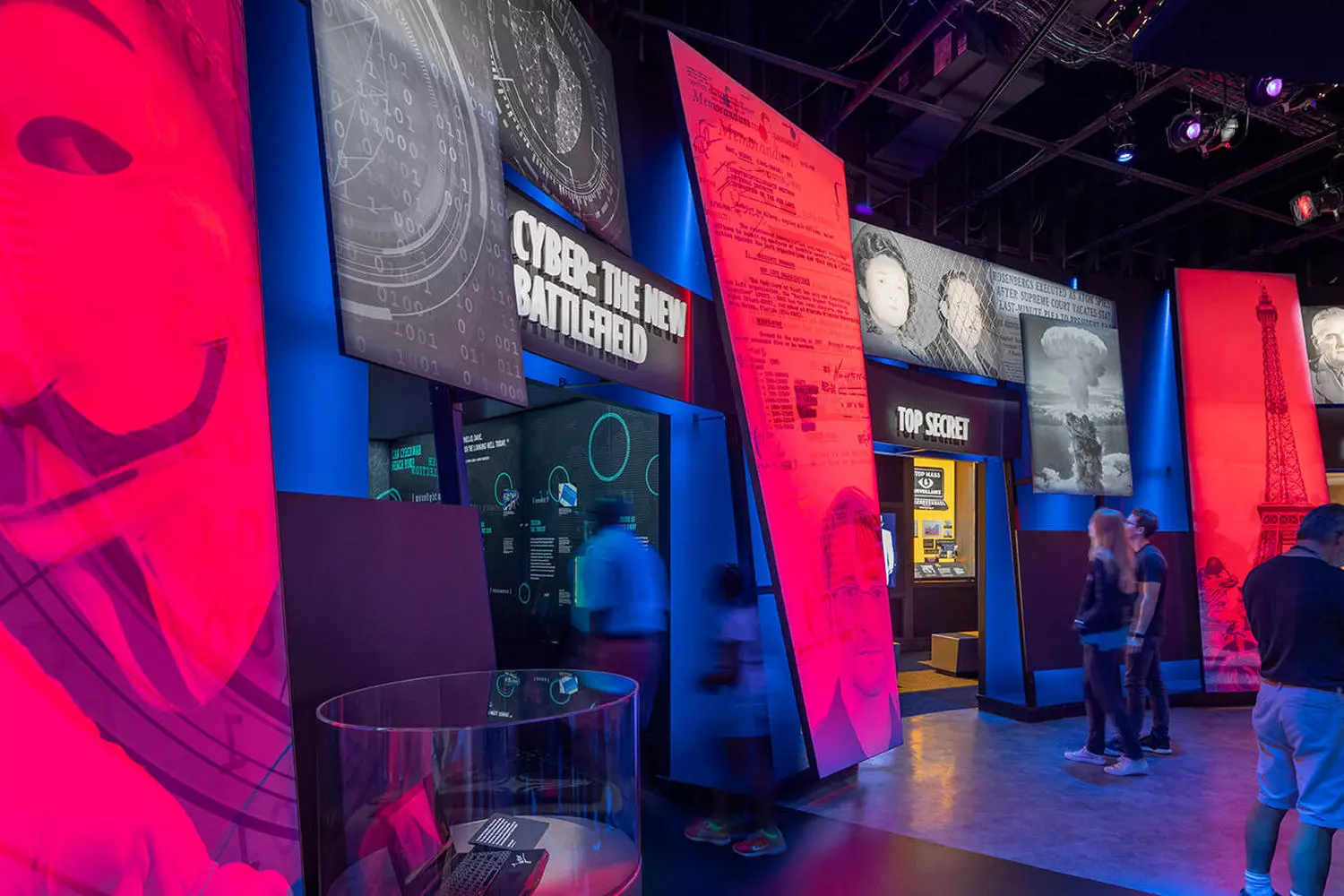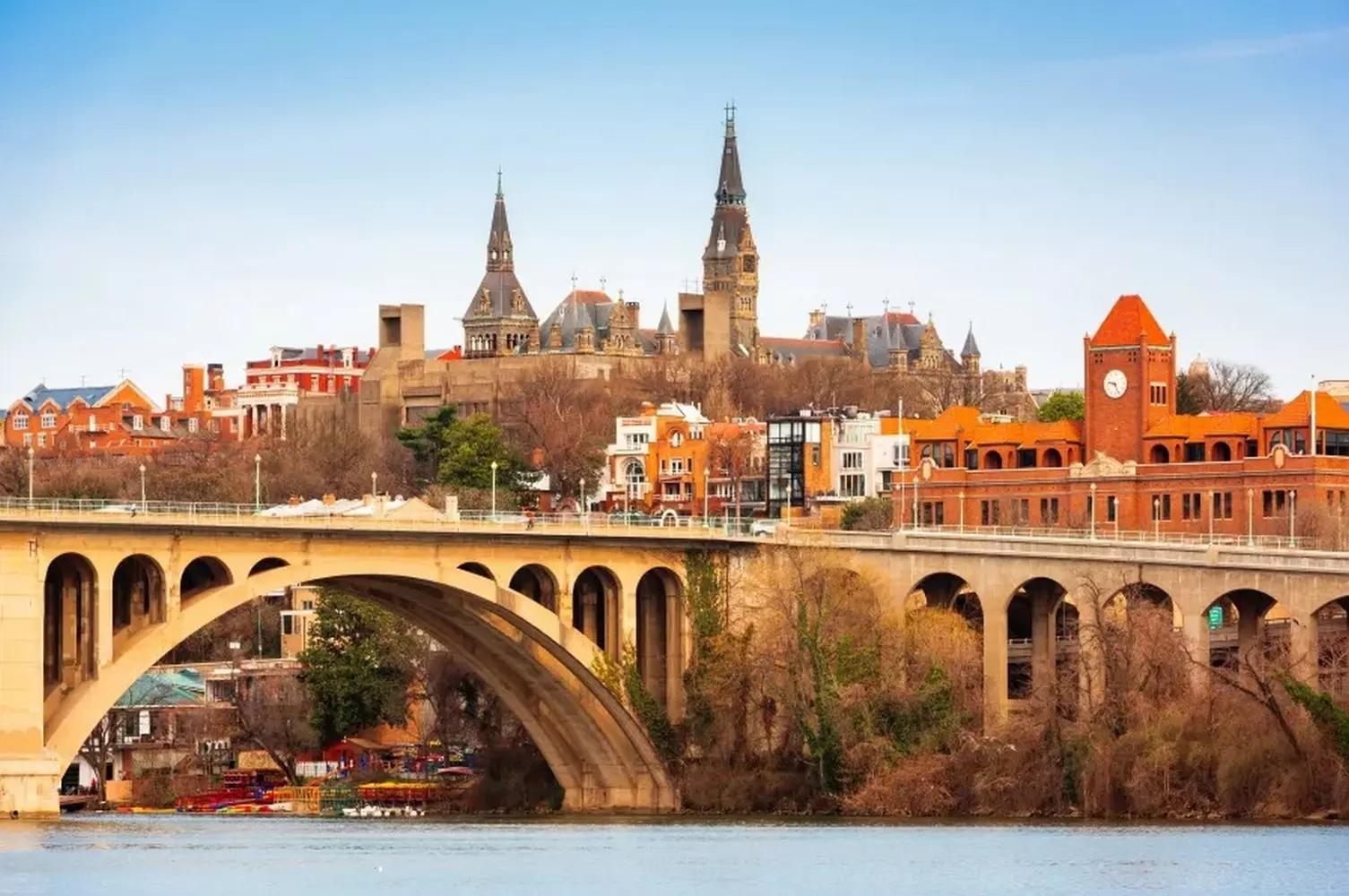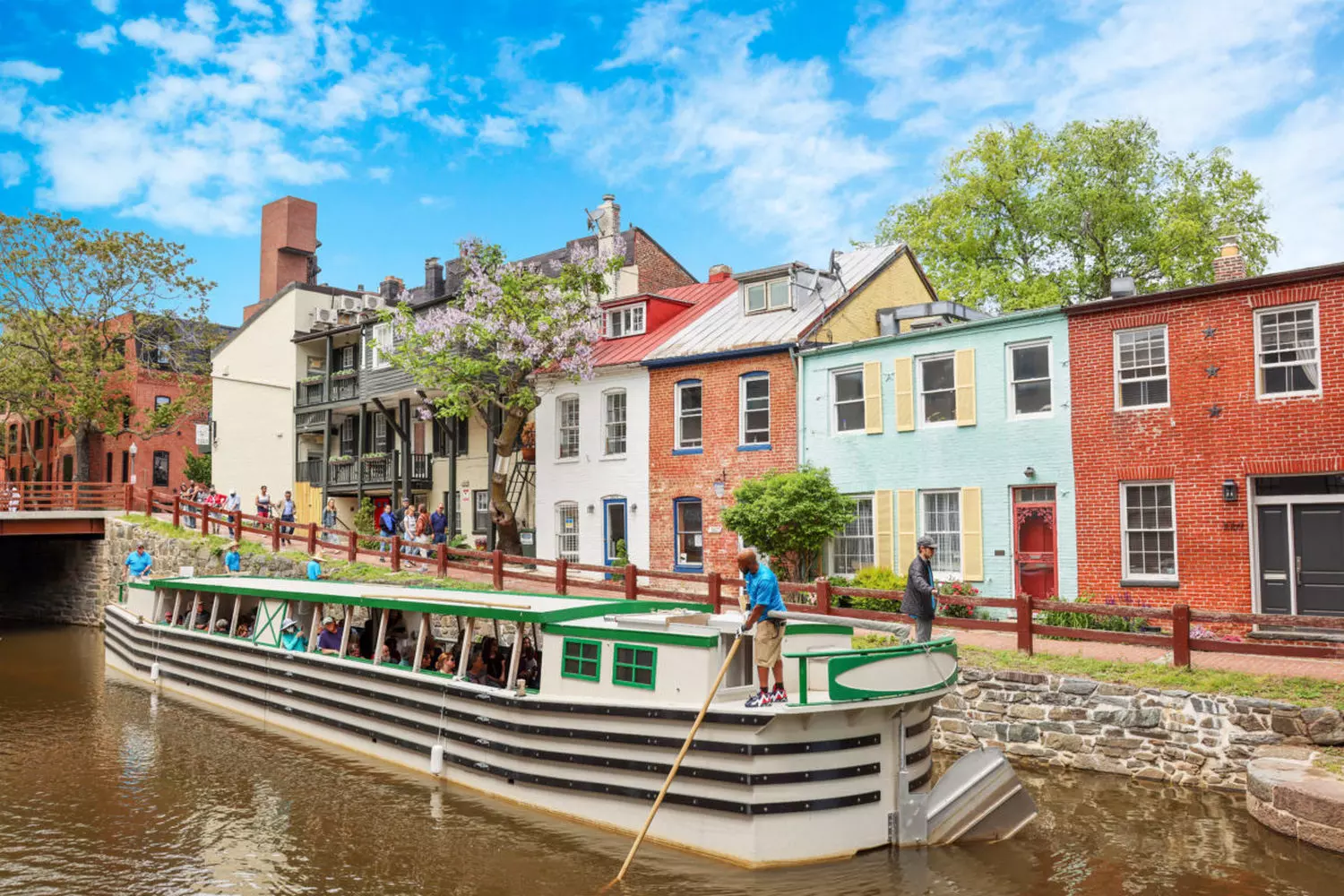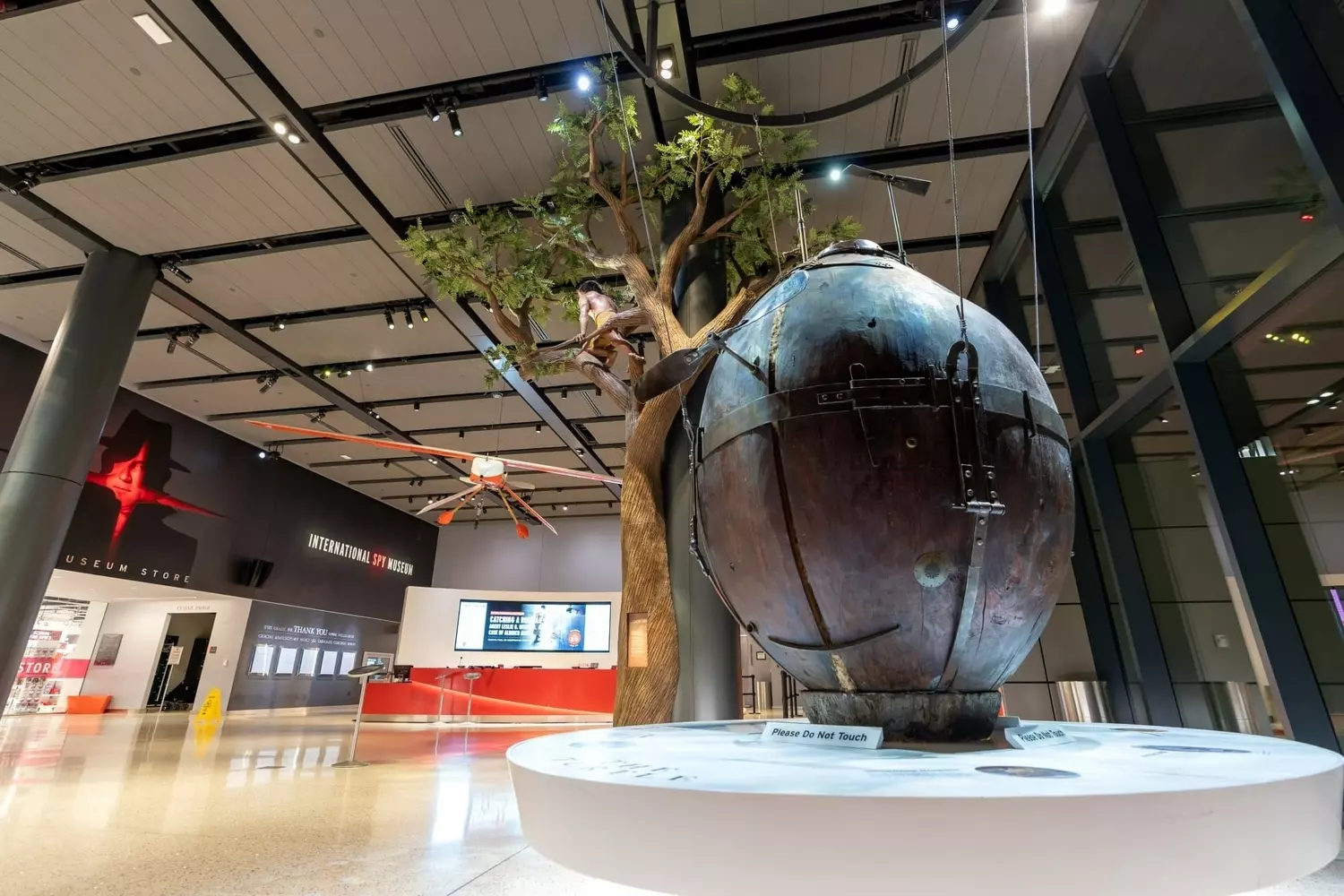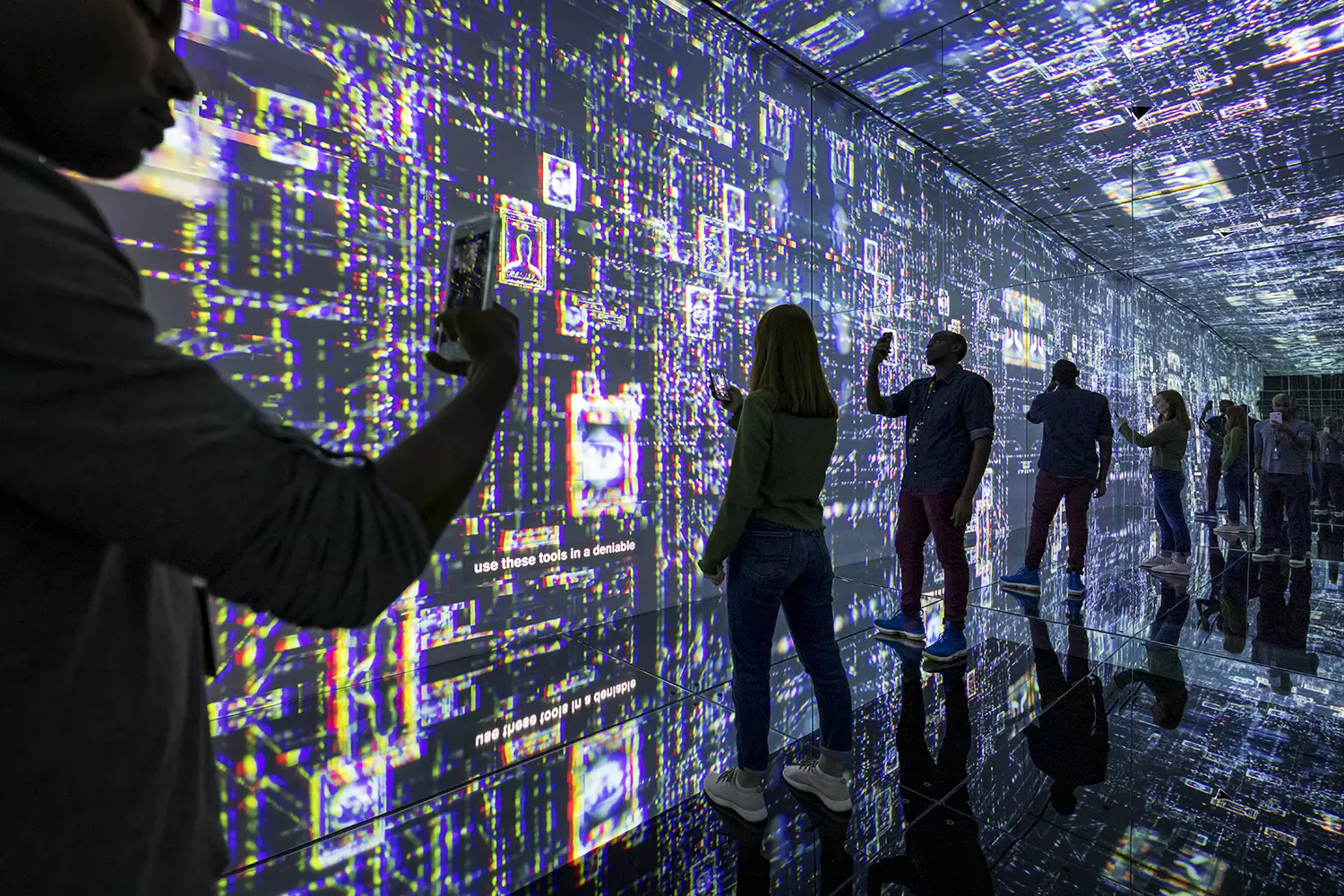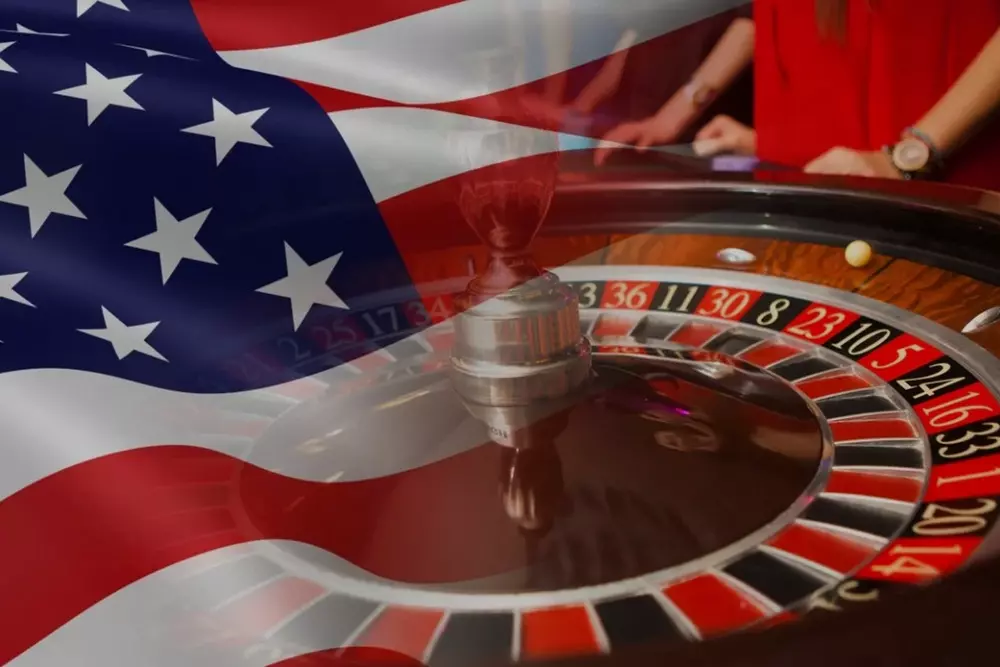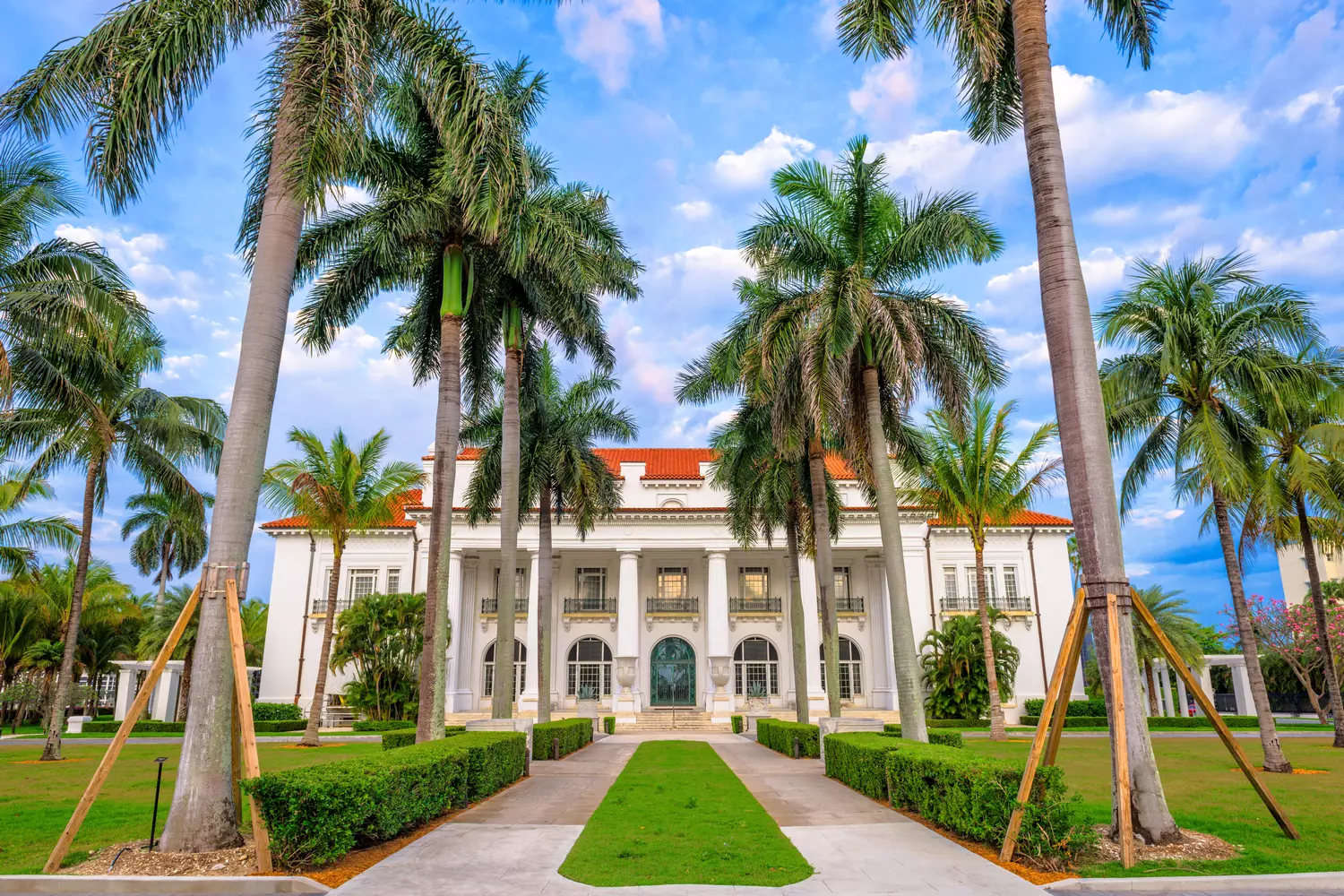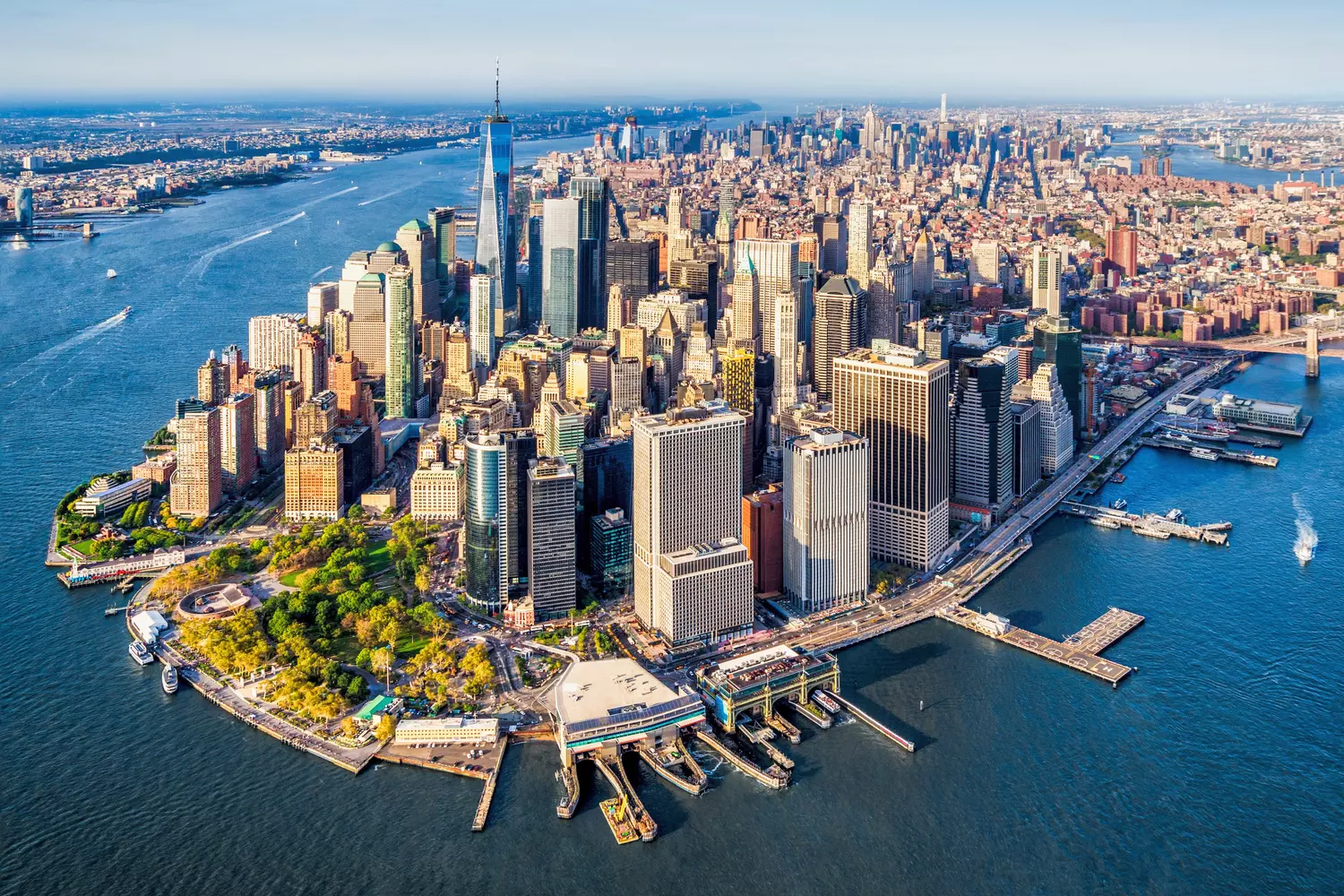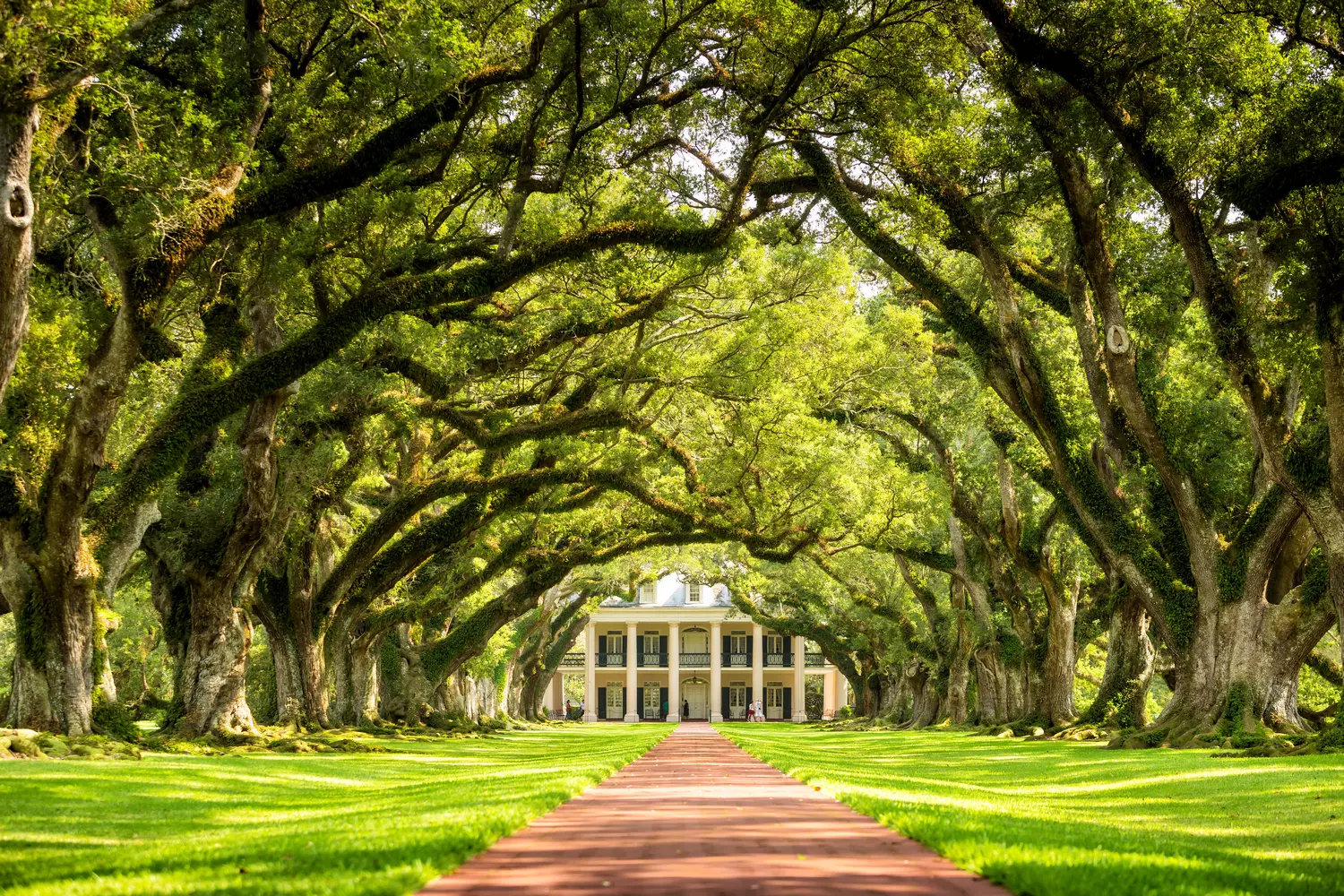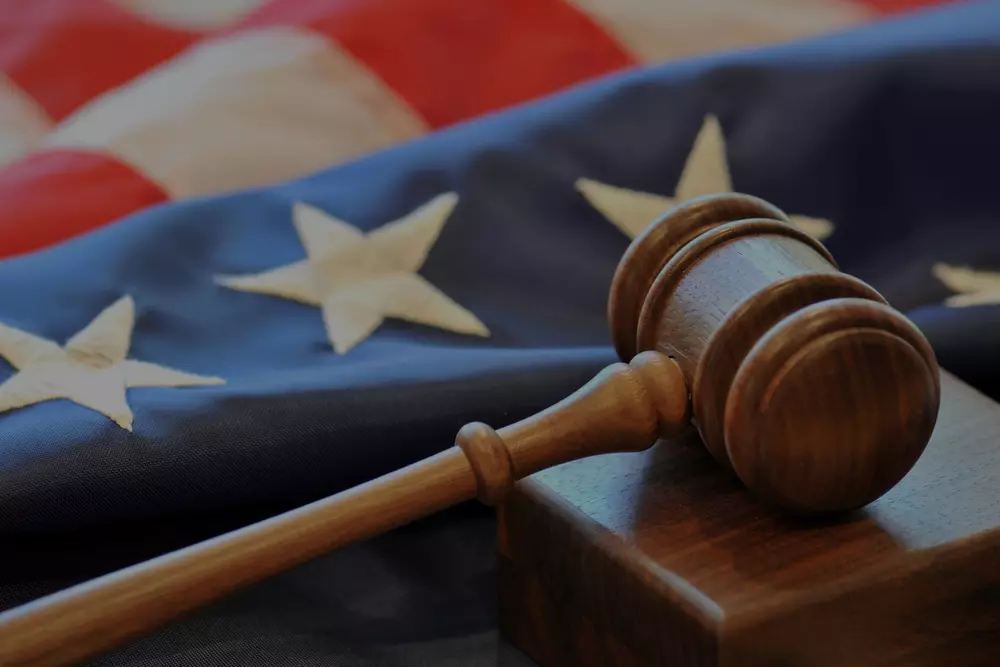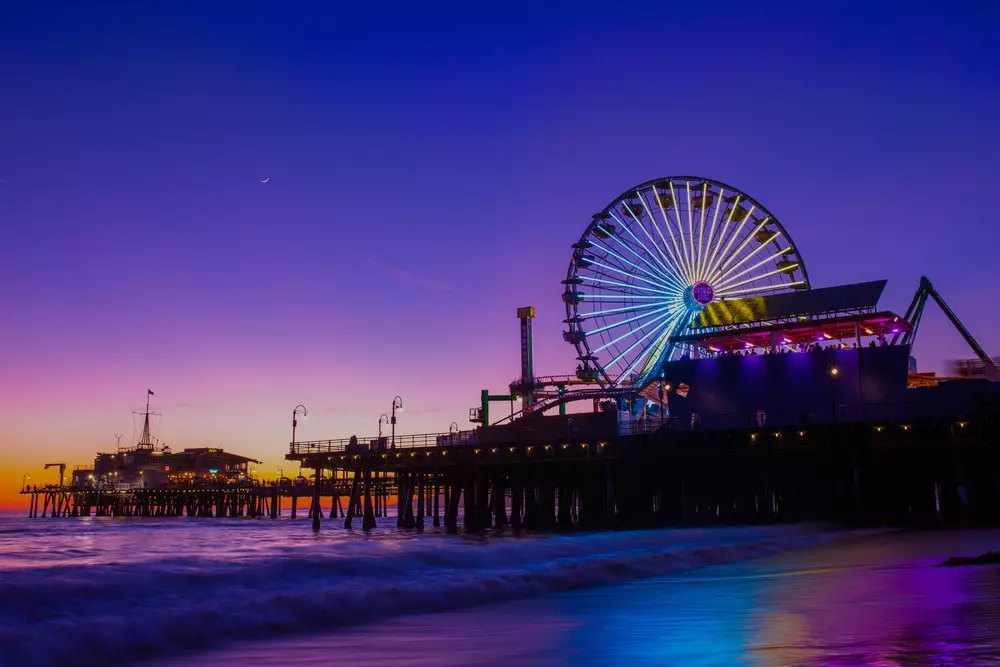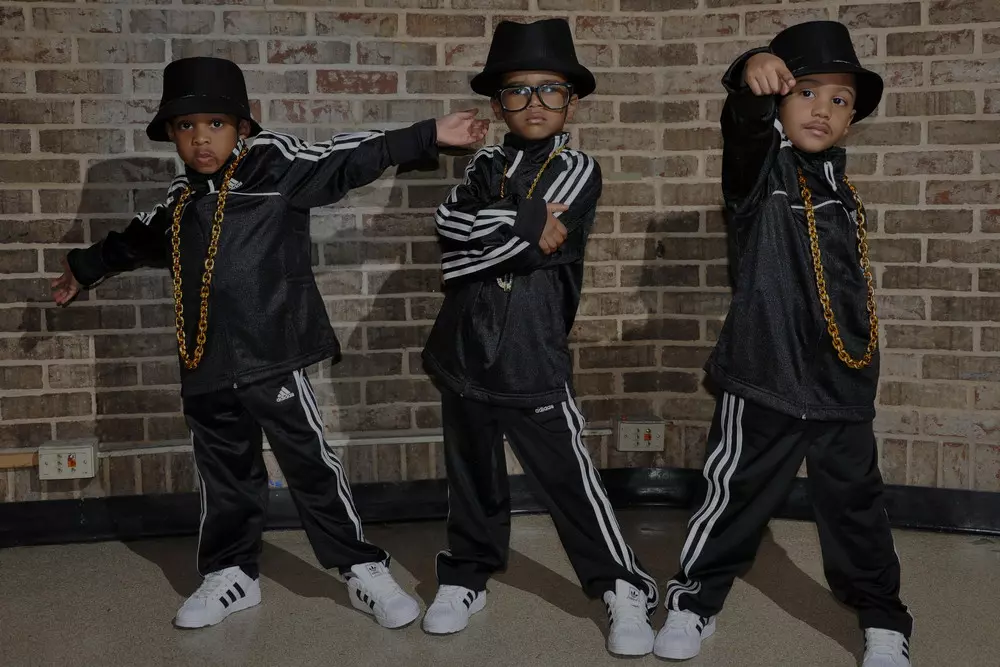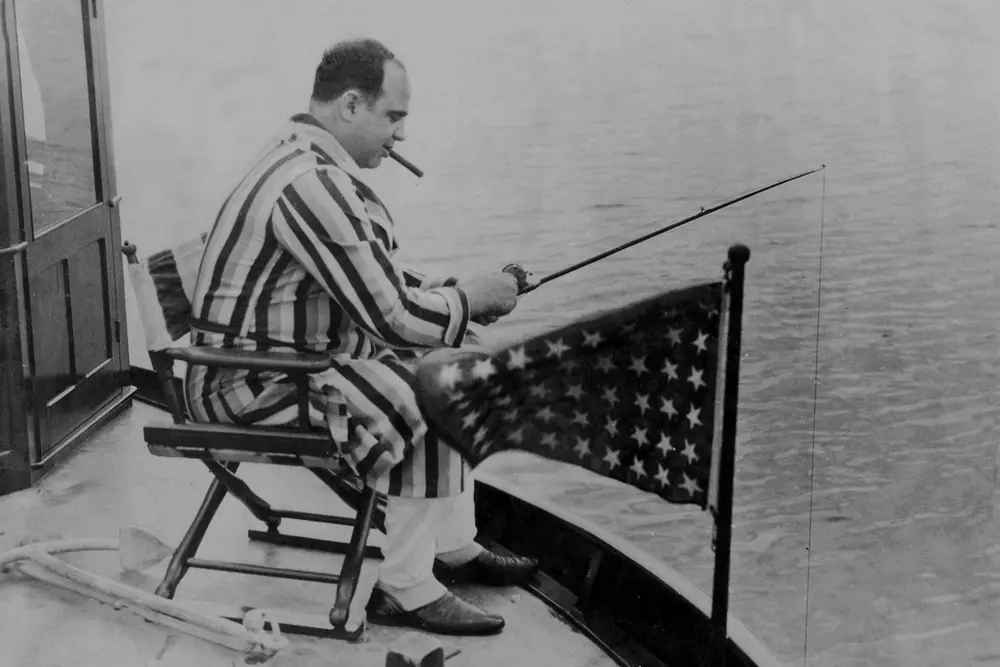Excursion to the Spy Museum
Visit the Spy Museum in Washington with American Butler: interactive exhibits, espionage legends, real artifacts, and secrets of intelligence agencies — right in the heart of the U.S. capital.
- Tour type:Museums
- Duration:4 hours

Excursion to the Spy Museum
Washington is not just the White House, the Capitol, and the National Mall. It’s also a true epicenter of covert games, intelligence operations, and undercover agents operating on the edge of the law. Even if traditional tours aren’t your thing, this one is guaranteed to captivate you — it’s like a detective series, only real and with you in the middle of it.
On our tour of Washington’s spy landmarks, you won’t just learn about intelligence networks, double agents, and spy gadgets — you’ll stand in the very places where it all actually happened.
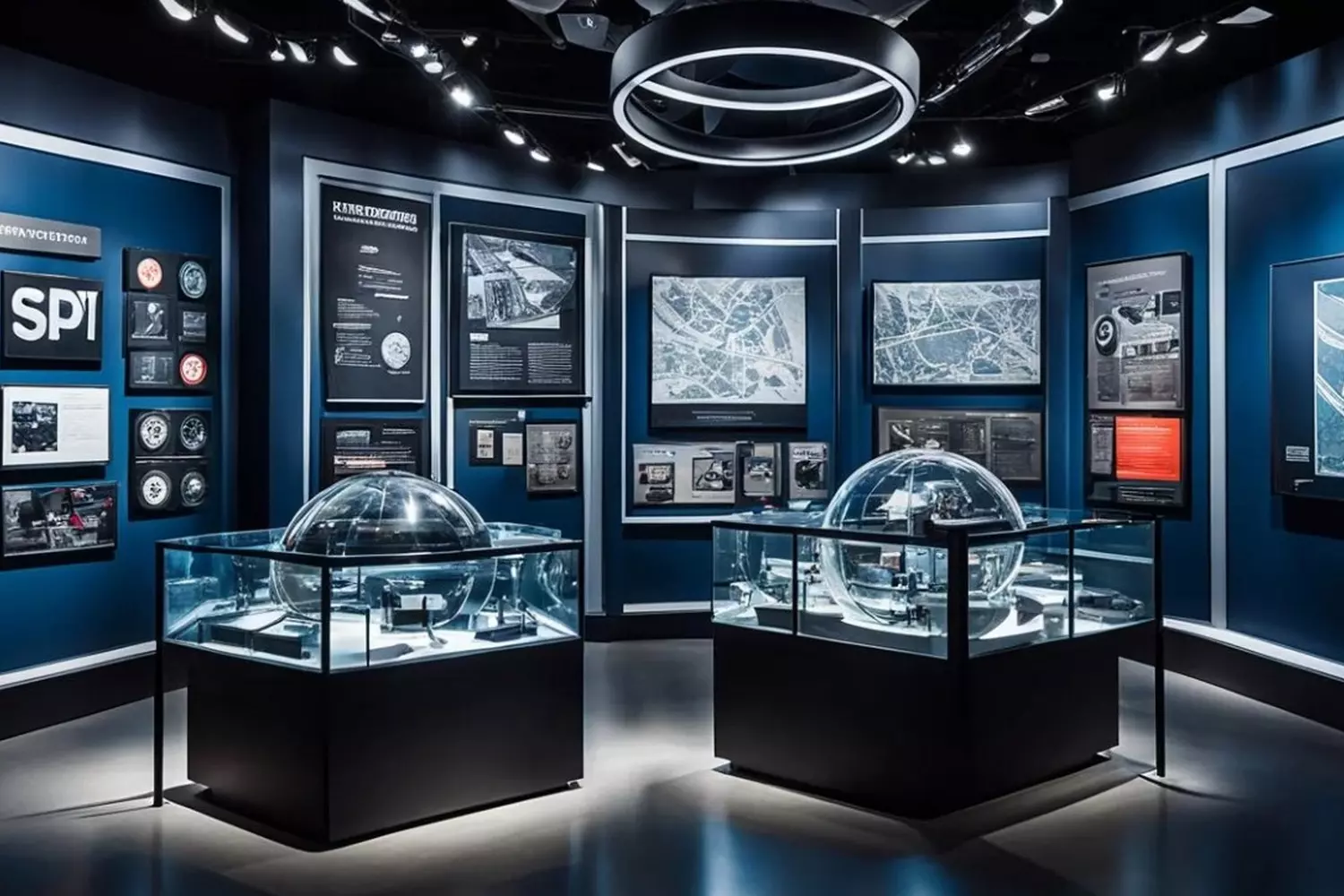
Interesting fact: In the District of Columbia, there are more intelligence officers per capita than anywhere else in the world. Thousands of them work in the suburbs — in Langley, Bethesda, and Fort Meade.
Spies, conspiracies, and intrigue: why Washington, of all places?
Washington is not just the political capital of the United States. It’s a place where every street corner echoes with traces of secret operations, and any unassuming office could be part of a complex intelligence network. Here — among concrete buildings, beneath memorials and official flags — decisions are made daily that reshape global politics.
Washington is the perfect city for espionage. Here’s why:
- 01. The seat of power is here
- The White House, the Pentagon, the State Department, Congress. Where there’s power — there’s interest, information, leaks, and conspiracies.
- Embassies from dozens of countries operate here — which also means foreign intelligence agents under diplomatic cover.
- The city is woven with influence networks: from media and lobbying firms to defense contractors and think tanks.
- And most importantly, it hosts major U.S. intelligence hubs, including: CIA — handling foreign intelligence and covert global operations; FBI — combating domestic threats and spying within U.S. borders; NSA — intercepting digital communications worldwide, engaged in cyber-espionage and decryption; DIA, NGA, NRO — military intelligence agencies responsible for satellite imagery, threat analysis, and field intelligence.
- 02. The museum as a way to reveal the truth — selectively
After the Cold War ended in the 1990s, a wave of declassification began. Authorities realized: people crave the truth. But truth is a delicate tool. That’s when the idea of a spy museum emerged — a place where:
- The heroism of agents could be showcased;
- Some operations could be gently recontextualized;
- And at the same time, nothing truly dangerous would be exposed.
The International Spy Museum became the public-facing display of the U.S. intelligence machine — not overly idealized, but not without myth. It’s a space where America’s spy history is told as a national epic: dramatic, impactful, and as honest as possible.
- 03. The world is not what it seems
It’s in Washington that you begin to understand: a spy isn’t a tuxedoed man with a “shaken, not stirred” martini. A spy is a data analyst at a desk, a Farsi translator, a quiet man in glasses who spent 20 years passing documents to the enemy while posing as a clerk. “Real spies are the ones no one notices. If you notice them — they’re bad spies.” — a quote from the museum’s exhibit.
In this city, agents meet in cafés, leave drops under park benches, intercept signals from embassies, and recruit officials under the guise of cultural exchanges. It’s not just in the movies — it’s real life. And in Washington, you can feel it in the air.
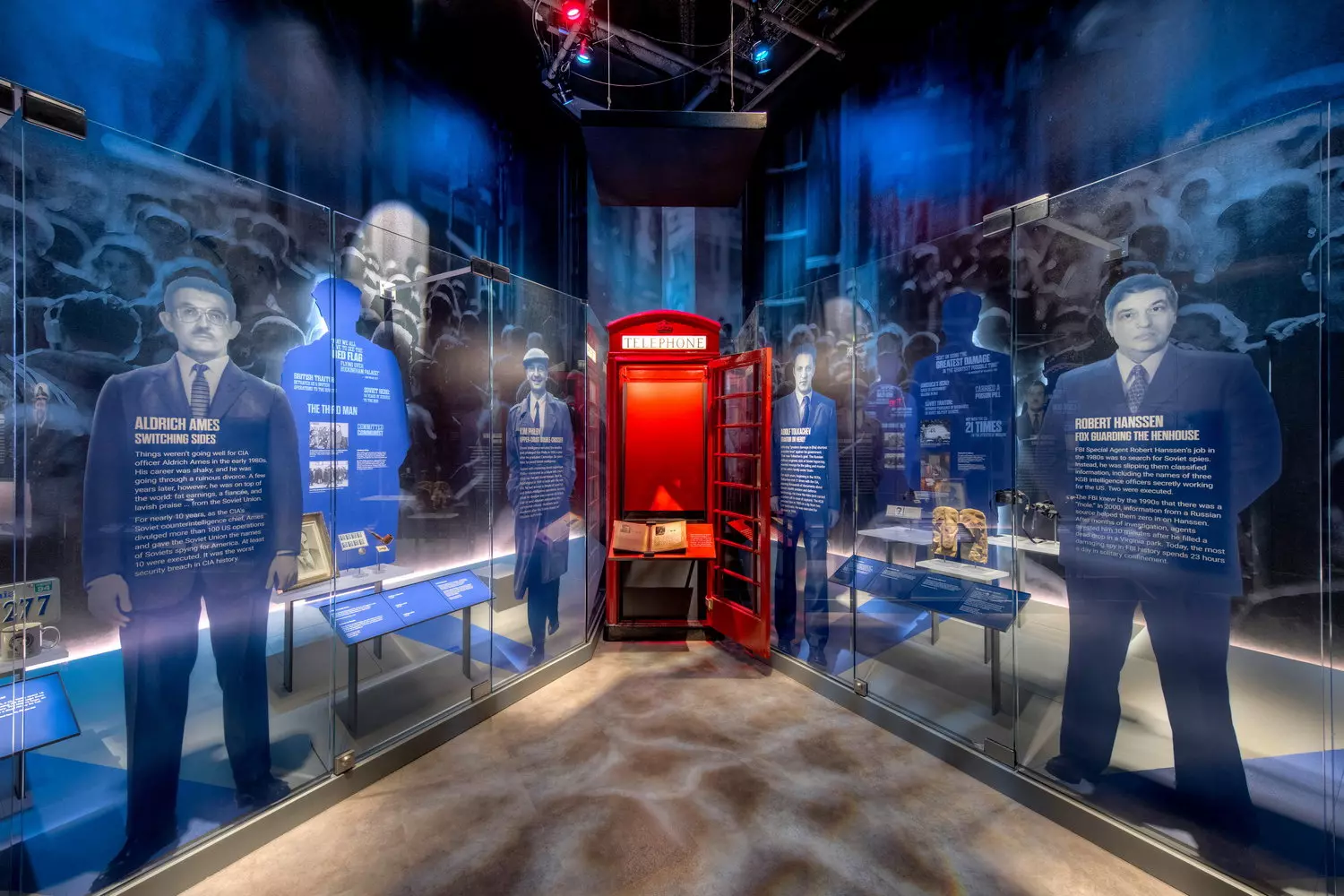
What awaits you: places where intelligence history was made
The Washington Spy Tour is more than just a walk through the city. It’s a chance to quite literally walk in the footsteps of spies, traitors, heroes, and double agents. Every stop on the route is connected to real-life operations, exposures, and legendary stories you won’t find in official textbooks.
- 01. CIA and FBI headquarters — the citadels of American intelligence
You won’t be able to go inside — but you don’t need to. Just seeing the CIA headquarters in Langley (only 15 km from D.C.) sends chills down your spine. Entry is restricted even for most employees of other agencies — that’s how classified it is. Your guide will share stories about:
- Operation “Diamond”, which involved a recruited KGB agent;
- The fall of agent Aldrich Ames, who handed over the names of 25 operatives to the USSR — many of whom were executed;
- FBI successes in uncovering "sleeper" spy cells, including the “Anna Chapman” case and the “Illegals” program.
Fun fact: on the CIA building’s façade is a Bible quote: “And ye shall know the truth, and the truth shall make you free.” Which, in the context of their mission, feels almost ironic.
- 02. Georgetown — aristocrats, spies, and defectors
This is Washington’s oldest neighborhood. Elegant mansions, French bistros, and leafy streets hide a fascinating espionage history. This isn’t just where spies operated — it’s where Cold War destinies were decided.
Special attention goes to Vitaly Yurchenko, one of the most famous KGB defectors. In 1985, he escaped to the U.S., exposed several Soviet agents… and then returned to the USSR just months later. The CIA was left wondering: did he change his mind — or was it all an elaborate ruse?
The guide will show you the restaurant where Yurchenko used to dine and tell the story of how he vanished from U.S. surveillance. It remains one of the Cold War’s most mysterious cases. - 02. British Embassy — the legacy of Kim Philby
Kim Philby— a name that inspires both awe and dread in intelligence circles. A high-ranking officer in British intelligence, he passed secrets to the USSR for over 20 years — including agent dossiers and NATO plans.
He often visited the area near the British Embassy in Washington, where he posed as a cultural attaché and liaised with allies. In reality, he was funneling everything he knew to Moscow. When his cover began to crack, Philby managed to flee — becoming a hero in the Soviet press.
“The most successful spy of the 20th century is the one who destroyed trust between allies,” wrote one CIA agent about Philby. - 03. International Spy Museum — the epicenter of espionage heritage
The Spy Museum in Washington is one of a kind. No other exhibition in the world brings together such an extensive collection of real artifacts tied to espionage, sabotage, recruitment, and surveillance tech. This isn’t just a museum — it’s a spy school in disguise. Here’s what you’ll see:
- Over 700 artifacts from around the globe — from Russia to Israel, China to Cuba;
- Spy gadgets: microphones hidden in watches, tiny cameras, poisoned umbrellas, weapons disguised as personal items;
- Interactive simulations: you'll get a cover identity, complete stealth tasks, practice memory retention, and make decisions under pressure;
- A Cold War zone — featuring real stories from the KGB, CIA, Mossad, and MI6;
- A VR area where you’ll experience what it’s like to operate undercover.
One highlight is a real suitcase with radio equipment buried by a Soviet agent in Central Park, New York. It was accidentally discovered by children playing hide and seek. Today, it’s a centerpiece with a unique story.
One of the museum’s greatest strengths is its authenticity. This isn’t Hollywood fiction. Nearly every item is part of a real case — something reported in newspapers, debated by presidents. You’ll see:
- Documents marked “classified”;
- Actual recruitment questionnaires;
- WWII-era cipher machines;
- Even uniforms and papers from double agents.
Here, you can literally touch the forces that shaped the 20th century — information as a weapon. And understand how espionage didn’t just influence history — it wrote it.
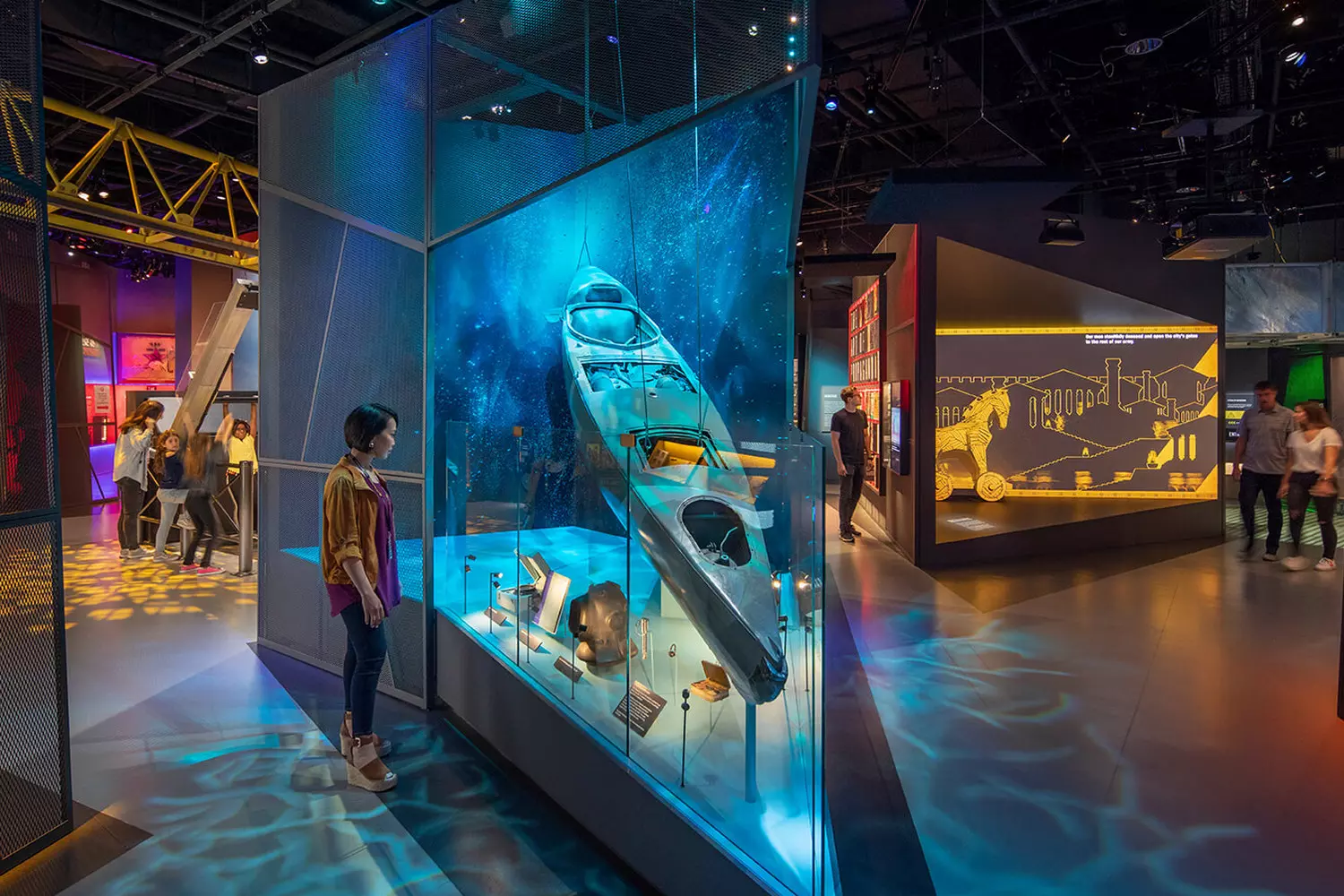
How the tour unfolds: step by step into the secret world
At American Butler, we believe that to uncover the secrets of intelligence work, it's not enough to simply show the buildings. We create an immersive experience — from the comfort of your private transfer to the smallest details of guided support. This is not just a tour — it's a directed route, carefully crafted so that each stop evokes emotion, sparks questions, and ignites curiosity.
- 01. 09:00 — Hotel Pickup
Your personal driver and guide will meet you at your hotel entrance or another prearranged location. A comfortable vehicle awaits — stocked with water, phone chargers, and Wi-Fi. The first immersion begins on the road: your guide will set the tone, provide context, and hand you a couple of "coded messages" — the game has begun. - 02. 09:30 — FBI and CIA Headquarters Overview
You’ll find yourself near the two most secretive organizations in the U.S. The facades of the FBI (on Pennsylvania Avenue) and the CIA (in Langley) are not just architecture. They are historic sites that have witnessed major events. Your guide will share specific cases — from exposing "moles" to undercover operations. Some of these stories were only recently declassified. - 03. 10:30 — Georgetown Walk
You’ll head to one of Washington’s most atmospheric neighborhoods — where quaint streets and historic houses remember more than you might think. Here, agents met, diplomats were recruited, and people vanished. You'll discover:
- How and why KGB agents operated under the guise of professors;
- Where exactly Yurchenko hid from CIA surveillance;
- Which restaurants were favorites among intelligence officers;
- Why Georgetown was considered ideal for “quiet” operations.
- 04. 12:00 — Lunch at a Spy Restaurant
Lunch is more than just a break — it’s part of the story. You'll dine at a place where agents really did meet (even mentioned in declassified files). The menu offers American classics with European touches, and the atmosphere is elegant yet steeped in mystery. Your guide will explain the unspoken rules of the “spy table”: how to order, where to sit, what signals are conveyed with napkins or glasses. - 05. 13:00 — Visit to the British Embassy
Outside the British Embassy, you’ll learn about Kim Philby — the man who outwitted entire intelligence agencies. Your guide will detail his biography, failures, and legendary escape. Here, you’ll see how diplomacy and double lives often go hand in hand. - 06. 14:00 — Visit to the International Spy Museum
At the climax of the tour, you’ll enter a one-of-a-kind museum with no true equivalent anywhere in the world. Inside, you’ll find:
- The “Shadows of War” hall featuring stories of secret operations from the 20th century;
- The “Invisible Arsenal” exhibit: cameras, bugs, and real gadgets once used — not movie props;
- “Spy School”: interactive missions, legend-building, codebreaking;
- A declassified documents archive: flip through real agent files.
Modern tech lets you take on the role of an agent: receive a fake identity, complete missions, and see how well you perform. Fascinating for both adults and teens.
- 07. 16:30 — Transfer Back
To end the day — a transfer back. During the ride, you can ask your guide any remaining questions, reflect on the day, or just unwind. If you'd like — a coffee stop at a “spy café” near the Museum can be arranged.
Helpful Tips for the Tour
To get the most out of the experience, we recommend the following:
- Shoes: Comfortable, flat-soled — the itinerary is packed, and the museum is large.
- Clothing: Seasonal but layered — some buildings are heavily air-conditioned.
- Smartphone: Fully charged! You'll need the camera, QR scanners, and notes app.
- Questions for the guide: Don’t hesitate to ask even “movie-like” questions — many of these stories are real.
- Children: If your child is over 10, bring them along. The museum is a fantastic way to teach history without dry dates. For kids under 6, it may be challenging — not all exhibits are designed for them.
- Photos: Most areas of the museum allow photography, but without flash. Take pictures — they'll help you realize how much you’ve truly learned.
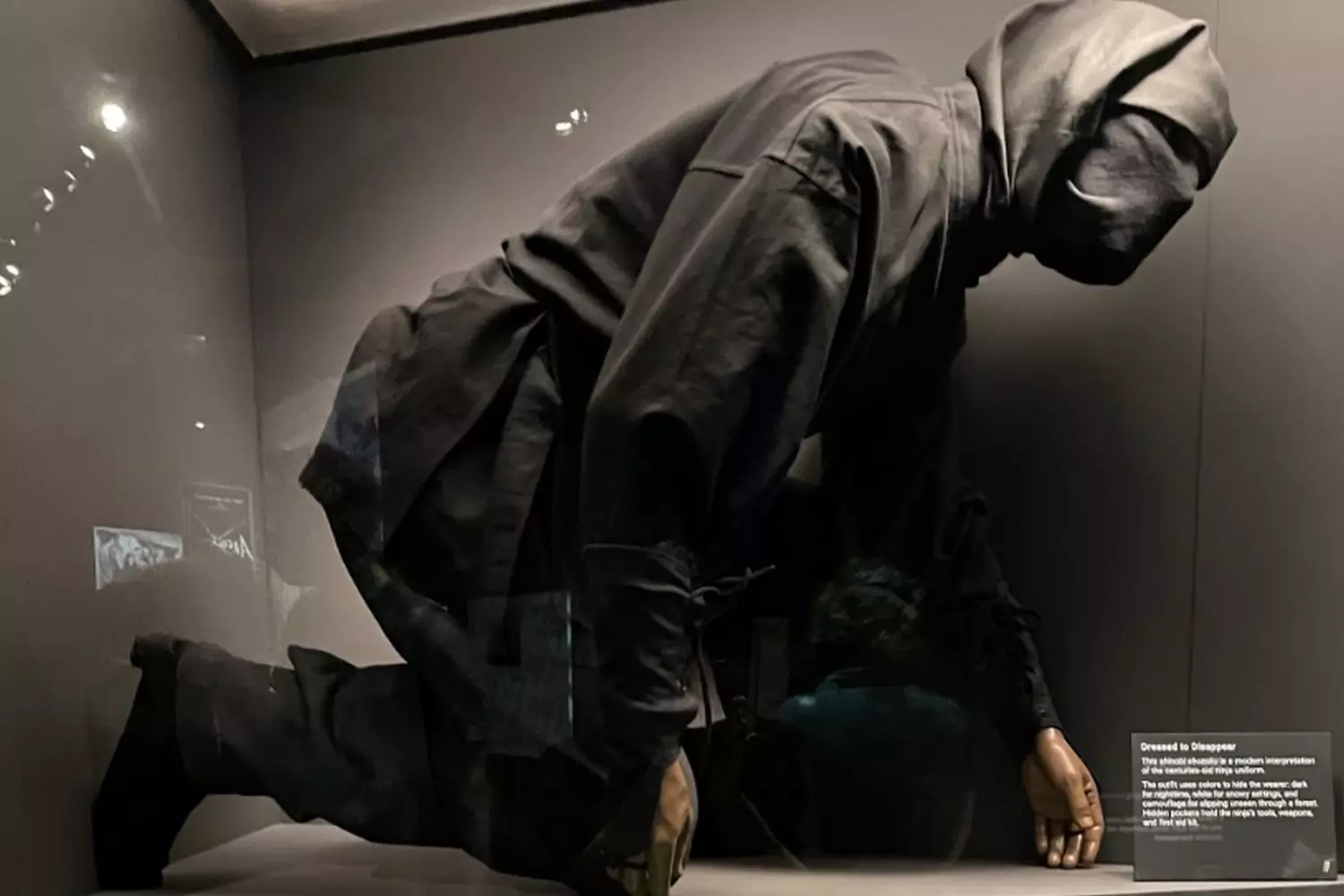
Terms & Conditions
- The tour price starts at $320 ($80/hour);
- The minimum price is calculated for a group of up to 3 people, with an additional charge of $80 for each extra passenger;
- Tour duration — 4–5 hours;
- The estimated time includes travel and traffic along the route, but will not be shorter than stated. Each additional hour is charged at $80;
- Museum tickets and hotel accommodation for the guide are paid separately;
- For a comfortable ride, we recommend a maximum of 5 people in the vehicle;
- Tips for the guide are always appreciated but not required and are entirely at your discretion;
- The tour price may vary depending on the season.
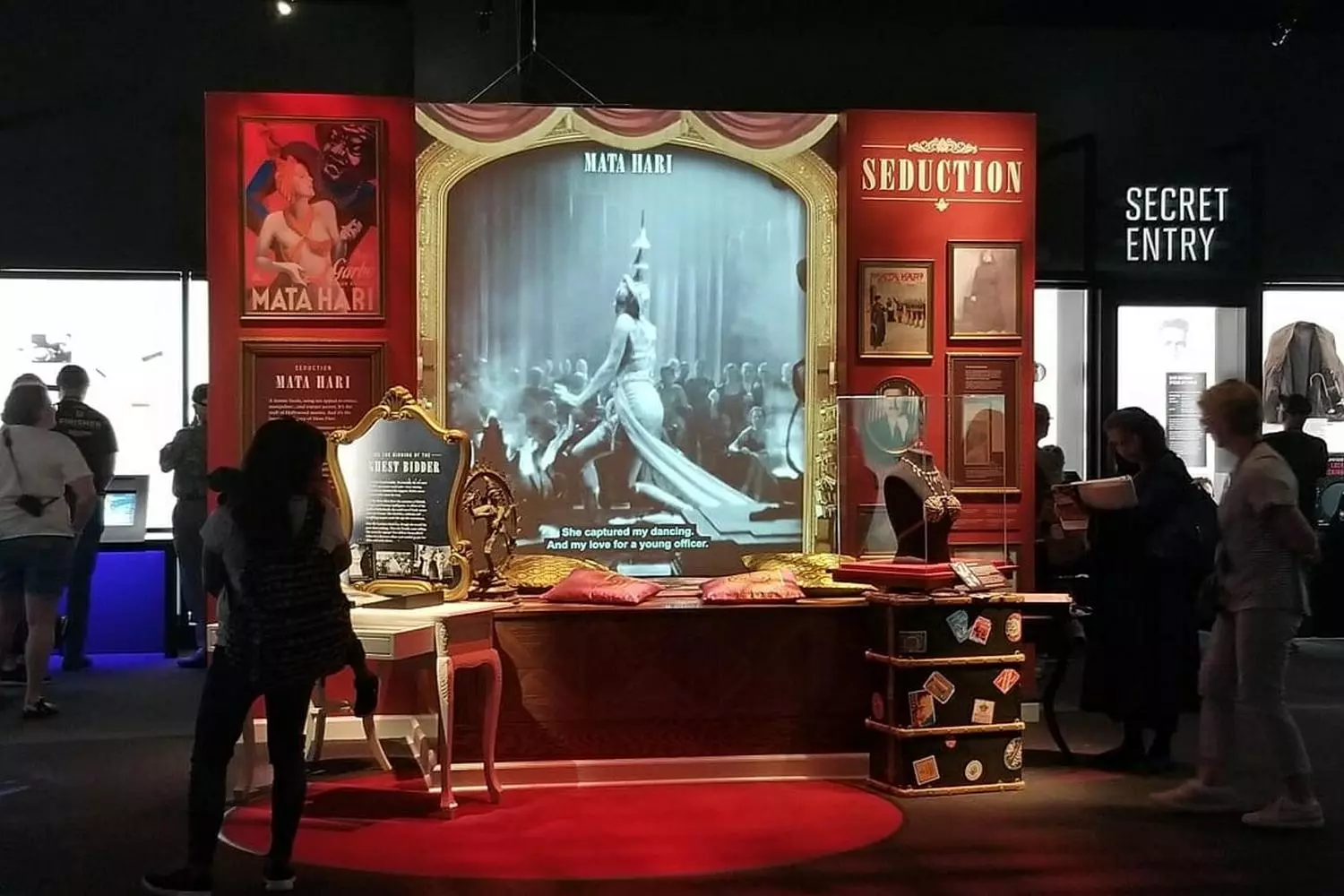
Intelligence unvarnished — only with American Butler
This tour is not just a walk through Washington, D.C. It’s an honest conversation about espionage, politics, manipulation, and history. It’s a chance to witness the events you’ve only read about — with your own eyes.
The American Butler team will make sure you don’t miss a single detail, enjoy every moment, and learn far more than you expected. We offer not just a tour, but an experience you’ll remember for a long time.
Book your tour today — and step into the secret world of intelligence with American Butler.
Tour Pricing
- Tour for Up to 3 People from $320
- Additional Passenger $80
- Tour Duration from 4 hours
- Extra Hour of Tour $80













